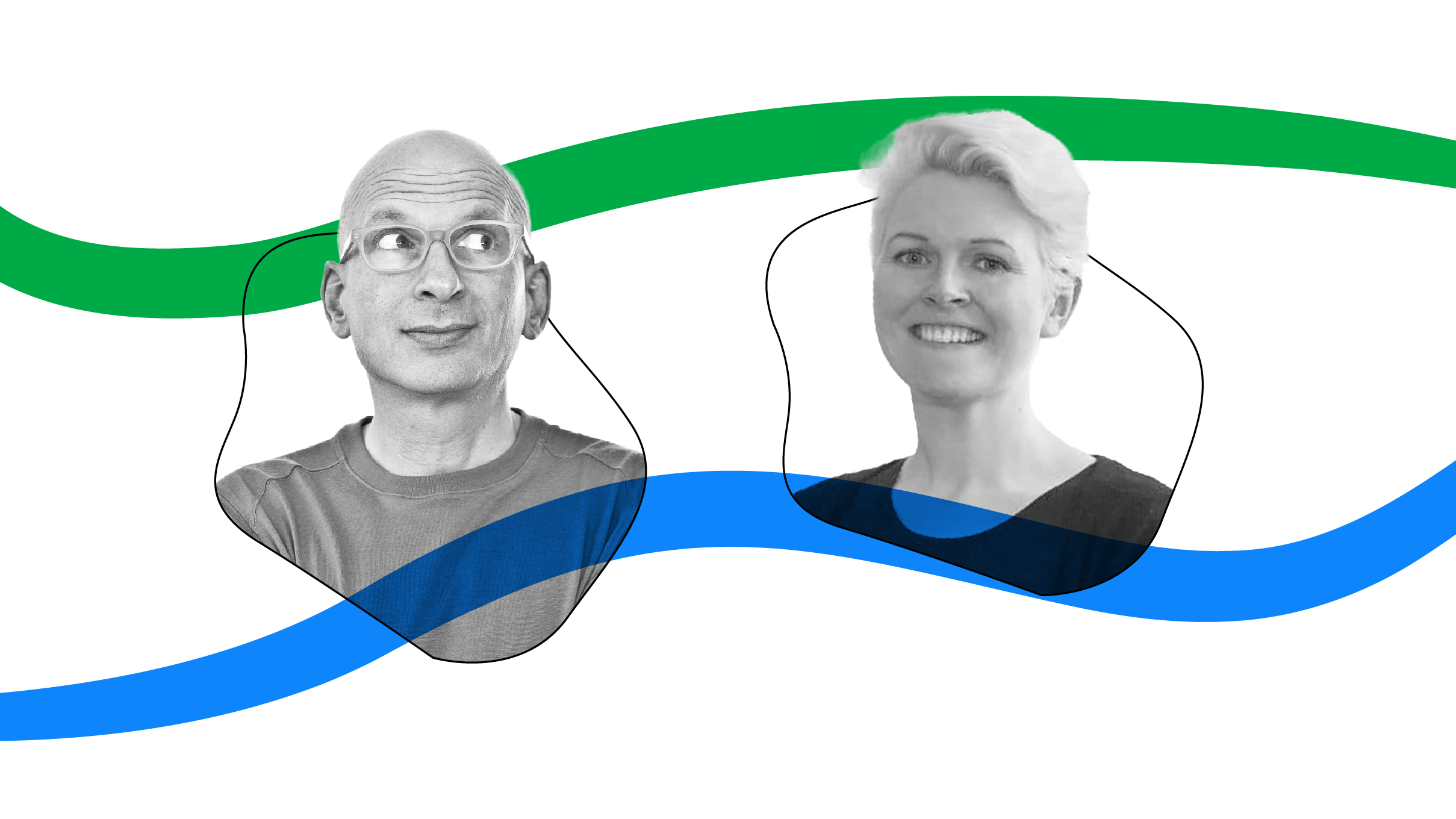Google UK's Martijn Bertisen explains how businesses can stay ahead in retail's digital age. Plus dive into our latest research in partnership with OC&C.
The world of retail has evolved and transformed frequently. We’ve seen the rise of the supermarket, hypermarkets, super stores, plus the impact of the internet in the form of ecommerce, mobile and social.
It’s fair to say that the retail industry has always been at the cutting edge of change and innovation because of its role to service the ever evolving needs and behaviours of consumers. The last decade in retail has been the story of omnichannel. It’s a word that we hear time and time again and a subject that has found its way into nearly all the strategies of major retailers. We've seen some real strides made in the creation of seamless, easy, engaging customer experiences across channel and across device.
Some great examples include:
- Schuh’s focus on flexible fulfilment means they’re one of the few UK retailers to offer both ‘Click and Collect’ and ‘Reserve and Collect’. They inform the customer upfront when they can expect to receive their parcel. They also allow their customers to pay for their item 14 days after delivery, which gives them time to decide whether they'd like to keep the product or return it without parting ways with any cash.
- Screwfix offer comprehensive store information for their customers, tradespeople who are often out at jobs in different locations and in need of additional materials and items as they go. The customer can view the directions as written instructions or as a route on a map.
- Sephora make it similarly easy for their customers to find a nearby store and see which services are offered there such as their colour match service.
But here’s the surprising news. Across Europe, retailers are falling short of the mark in omnichannel. We see excellent examples of execution in pockets but rarely across the brand and organisation.
We carried out some indepth research, in partnership with Practicology, across Europe and the UK to score retailers' omnichannel capabilities. The results for the UK were marginally better than in Europe but surprisingly low overall. The average score was just 52% whilst the lowest was 36%. At the better end of the spectrum was the highest performer, Schuh, whose score however was still shy of 70%.
So why might that be? We have run an in depth piece of analysis in partnership with OC&C to identify how brands can succeed. When we take a step back and look at the success stories, they do not approach from a channel-led approach but from a customer-first approach, with a focus on anticipating their needs to offer assistive, relevant experiences.
"The consumer has fundamentally changed. Their engagement with new technologies and digital services has driven their expectations up higher and higher. They’re now demanding useful, engaging, and assistive experiences from all the brands they interact with."
– Martijn Bertisen, Country Sales Director, Google UK
Why do retailers find this difficult to achieve in practice?
Much of the growth we see in ecommerce from a conversion perspective is substitutional, it isn’t driving growth for the business overall but rather absorbing sales from other channels. On top of that, it’s draining financial resources needed for development, maintenance and innovation. The net impact? Low overall growth percentages and almost no upside on the bottom line. So you might be thinking: ‘Why invest in omnichannel?’
The financial risk of not investing is even greater than of doing so. The bar is continually being driven upwards by the sector and particularly by retail platform players in this market. Platforms are continually stretching the expectations of customers and the market leaders are those who are innovating with technology and building human capital (and excess capital).
Meeting your customer needs
People come to Google with intent, seeking some form of help or an answer to a question. We’ve been focused on developing our platforms to be increasingly responsive in meeting those customer needs too – and we’ve had to do that at scale. We now have seven diverse platforms, each of which have over 1 billion users.
The platforms you know such as YouTube, Search and Gmail are already being used widely in your businesses to reach your consumers at scale, engage them with brilliant experiences, and ultimately to build the brands you work with. But that’s just one side of the coin. What’s really exciting is the different ways we’re now working with partners, many of which are retailers, to drive business success.
We're giving retailers the opportunity to run their businesses with Google’s computing power. Our role in retail is to be an enabler; deploying our strengths to remove friction from both the front-end and back-end retail consumer journey – so that you can do what you do best most effectively despite the challenging backdrop:
- Customer value prop (defining and executing): Deliver a brilliant customer experience.
- Profitability (delivering value back to investors and growing the business sustainably): Create sustainable businesses that withstand and endure in ever changing environments.
- Organisational robustness (people, systems, processes in place to deliver a and b): Set up your organisations to succeed.
How do you deliver brilliant, assistive experiences your customers are demanding whilst doing it in a sustainable way that creates value for your business?
- SHOW UP: Capture demand and intent wherever, whenever - through reach, discovery, and inspiration across all devices and channels.
- WISE UP: Apply machine learning to customer and business data to drive better decisions across your value chain.
- SPEED UP: Make shopping easy and increase customer loyalty by enabling fast frictionless purchases everywhere.
The consumer has fundamentally changed. Their engagement with new technologies and digital services has driven their expectations up higher and higher. They’re now demanding useful, engaging, and assistive experiences from all the brands they interact with.





